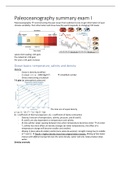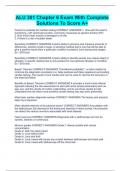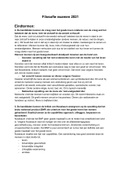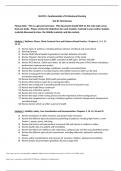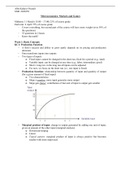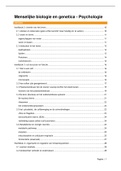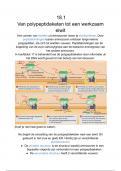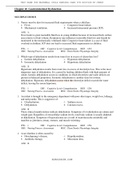Samenvatting
Summary "Physical Oceanography" Exam I of Paleoceanography
- Instelling
- Universiteit Utrecht (UU)
This summary includes all content that is needed for the "Physical Oceanography" exam I of paleoceanography. It includes all lectures, Vallis, and Rudiman. Most lectures given by Dr. Martin Ziegler. Guest Lecture about modeling given by Paul Meijer.
[Meer zien]
